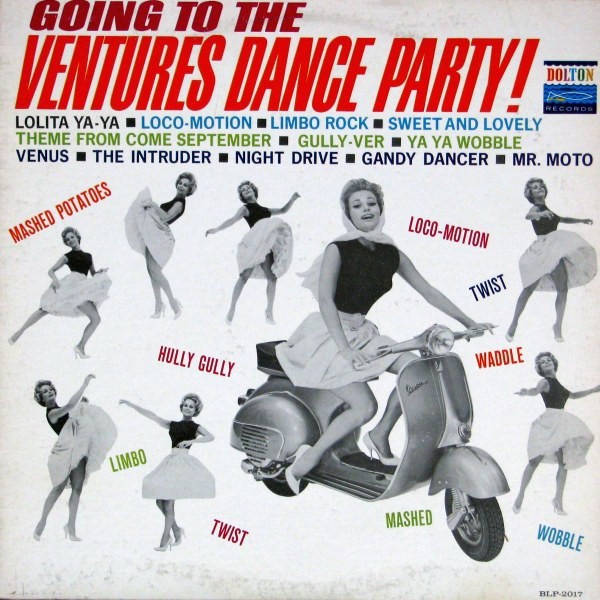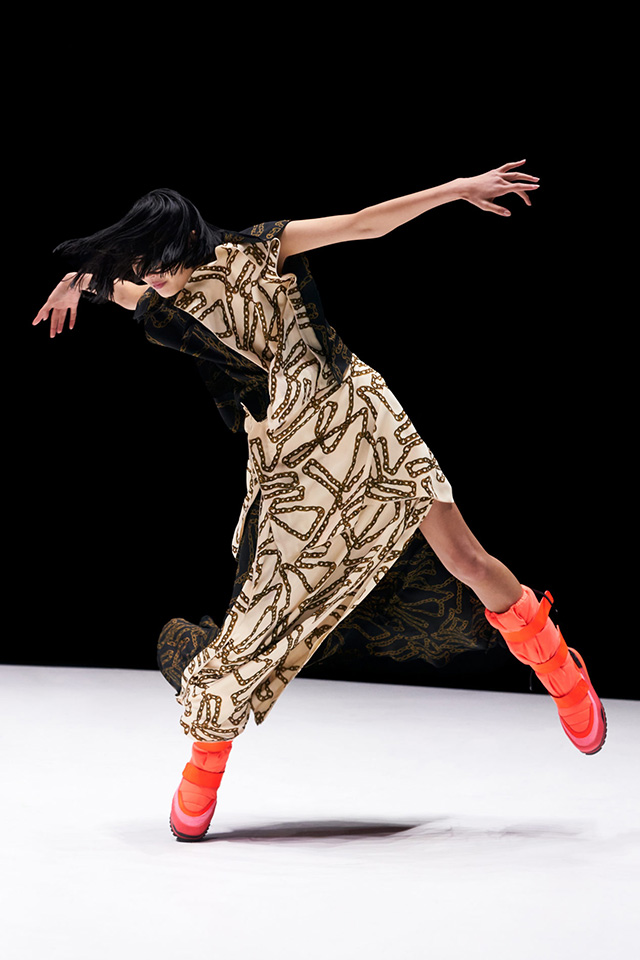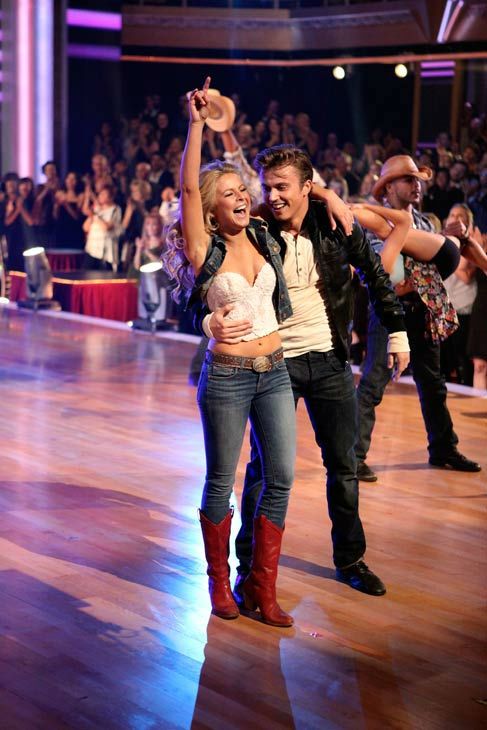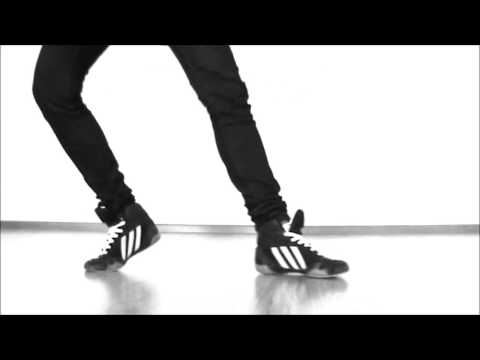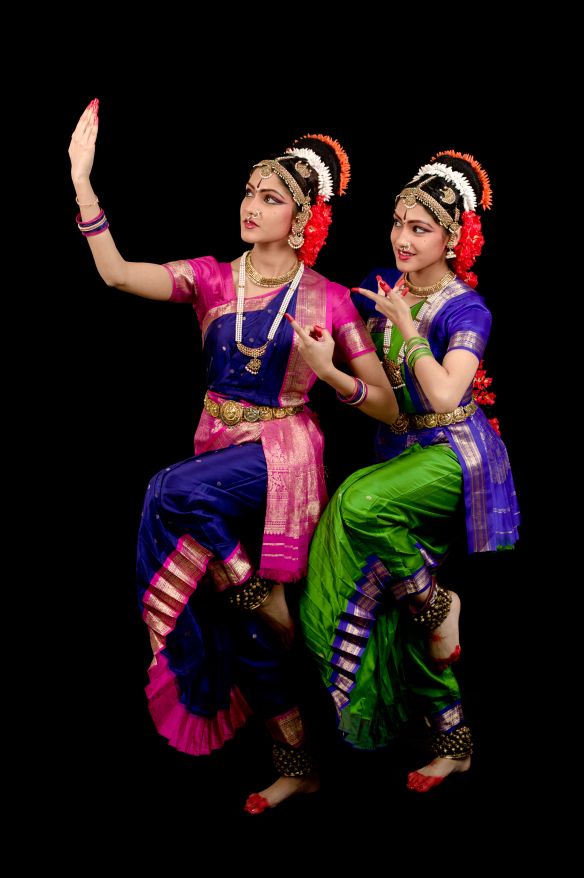How to dance spanish style
Latin Dances List: 15 Popular Styles, Names & History
Latin dances are rather a large group of dance styles that are united by their place of origin - Latin America and invariably passionate rhythms and performances. Latin American dances are a type of ballroom and club dances that spread throughout Europe in the 19th century and became very popular. They owe their wide popularity to curiously mixed cultures of the Americas, including European and local folk dances. Thus, the Spanish folk dance, the elements of which were performed by bullfighters during a bullfight, became known throughout the world as a paso doble. Samba was brought to Brazil, and then to Europe, African influence is seen in rumba and cha cha cha which originated in Cuba and Haiti.
LATIN DANCES LIST
The traditional program of Latin Ballroom Dances, adopted by the World DanceSport Federation, since 1930 includes five dances in the Latin American section. These are Samba, Rumba, Cha-Cha-Cha, Paso Doble and Jive (United States origine). All of them are performed in a pair, a man and a woman and, unlike the European dances, the partners during the performance can either separate the contact, or cling to each other very closely. All Latin American dances are rhythmic and emotional, and some of them are particularly sensual.
The other large group of Latin dances is so-called Social (or ”club” Latina) includes Salsa, Bachata, Merengue, Reggaeton, Mambo, Kizomba, Zouk and Argentine tango. It has long been one of the most popular group of mass dance, both in Latin America and in the United States, Europe and Asia. Salsa and bachata, merengue and mambo - these dances do not require perfected skill, it is more important to reveal them completely, turning movements into meaningful love and passionate stories. For many years, the cult for all Latin dancers is the movie “Dirty Dancing” with Patrick Swayze, where the most popular amateur dances are shown in all its glory.
Here is a List of Social Latin American dances:
Salsa
Salsa dancing initially developed into a particular style in the 1940s and comes from a tradition of Latin dance styles that dates back to the early 1900s.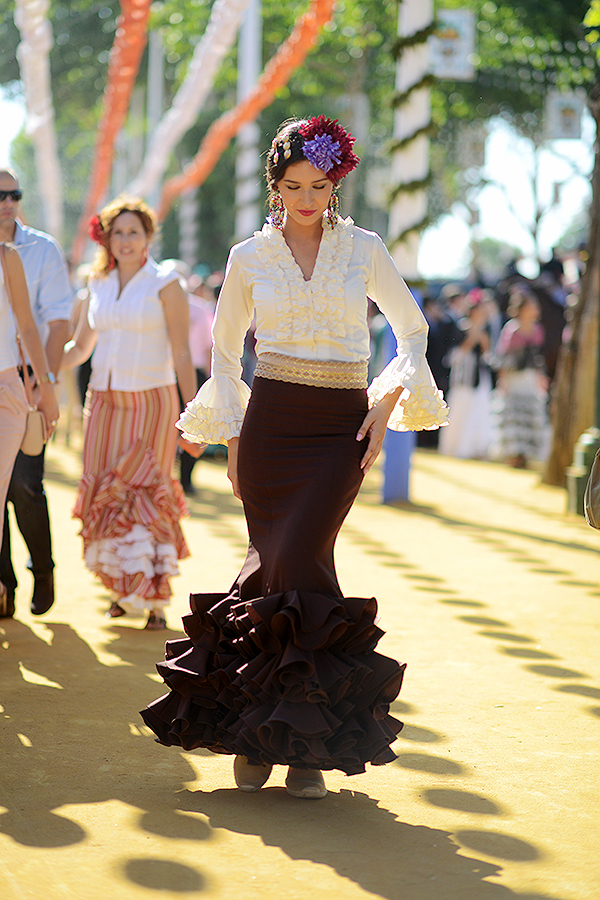 It is heavily influenced by Afro-Cuban traditions and dance styles such as mambo, guaguanco and danzon. The brief history of salsa dance is that people moved to new locations and assimilated into new cultures, where salsa evolved into fresh styles. There are several different salsa styles influenced by cultures of the cities they originated. For instance, most famous in North America in United States are New York Salsa (also known as dancing 'On 2') and Los Angeles Salsa (known as dancing 'On 1'). Many dance aficionados actually claim that New York Style salsa is the original style of salsa, as the term and the dance were coined in the Big Apple. Other styles include Cuban salsa, Cumbia, Rueda de Casino (read more on salsa dance types here). Besides New York and Los Angeles in USA, major cities around the world where salsa is most popular are: Toronto Salsa and Vancouver Salsa in Canada and in United Kingdom: London Salsa. There are numerous Salsa Festivals around the world that attract thousand of Salseros every year as well as Salsa Congress which is a multi-day dance festival featuring workshops, social dancing, performances and competitions focusing on Salsa dancing.
It is heavily influenced by Afro-Cuban traditions and dance styles such as mambo, guaguanco and danzon. The brief history of salsa dance is that people moved to new locations and assimilated into new cultures, where salsa evolved into fresh styles. There are several different salsa styles influenced by cultures of the cities they originated. For instance, most famous in North America in United States are New York Salsa (also known as dancing 'On 2') and Los Angeles Salsa (known as dancing 'On 1'). Many dance aficionados actually claim that New York Style salsa is the original style of salsa, as the term and the dance were coined in the Big Apple. Other styles include Cuban salsa, Cumbia, Rueda de Casino (read more on salsa dance types here). Besides New York and Los Angeles in USA, major cities around the world where salsa is most popular are: Toronto Salsa and Vancouver Salsa in Canada and in United Kingdom: London Salsa. There are numerous Salsa Festivals around the world that attract thousand of Salseros every year as well as Salsa Congress which is a multi-day dance festival featuring workshops, social dancing, performances and competitions focusing on Salsa dancing.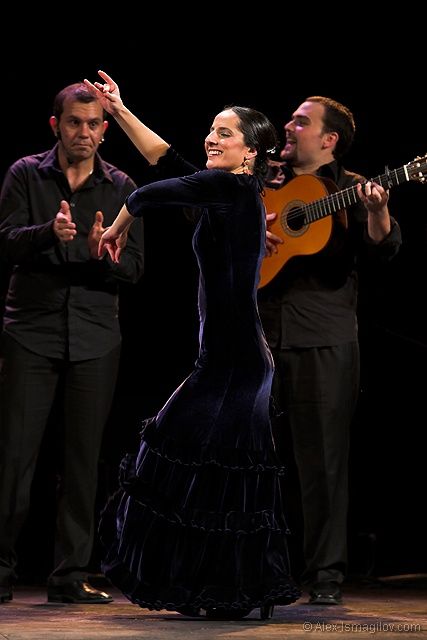
Bachata
Bachata dance is known for its love stories, and its syncopated rhythm. The dance actually was born of the music in the Dominican Republic during the 1960’s. Unfortunately, a dictatorship that found Bachata to be an art form of low standing held the music and the dance back for decades. The music was first developed with a heavy guitar emphasis and heartrending love stories as its basis. However, it grew primarily within bars and brothels, and this led to Bachata being held back for literally decades. Although the Bachata dance itself is a spinoff of the music, in recent years the music has grown more slowly than the dance. Bachata dance continues to grow and thrive all over the world, and has finally reached a place where it is widely accepted.
Merengue
The Merengue is a couple dance that has roots in the Dominican Republic. There are many theories of how precisely it became the dance that it is today. It is certain, however, that Dictator Rafael Trujillo deemed it the Dominican official dance and musical style after his rise to power in the 1930’s. A similar style is enjoyed in neighboring Haiti. The Merengue is one of the recognized Latin dance that has evolved over the years and widely enjoyed in many parts of the world.
There are many theories of how precisely it became the dance that it is today. It is certain, however, that Dictator Rafael Trujillo deemed it the Dominican official dance and musical style after his rise to power in the 1930’s. A similar style is enjoyed in neighboring Haiti. The Merengue is one of the recognized Latin dance that has evolved over the years and widely enjoyed in many parts of the world.
Mambo
Mambo is a Latin dance of Cuba which was developed in the 1940s when the music genre of the same name became popular throughout Latin America. The word mambo comes from the name of the god of war. In immemorial times, the Cubans dedicated a ritual dance to him, with the aim of deserving location and ensuring patronage. The mambo dance has much in common with rumba and cha-cha (at first, the famous cha-cha-cha was even called syncopated mambo), but it has a great temperament, freedom in expressing feelings and emotions, luxurious music.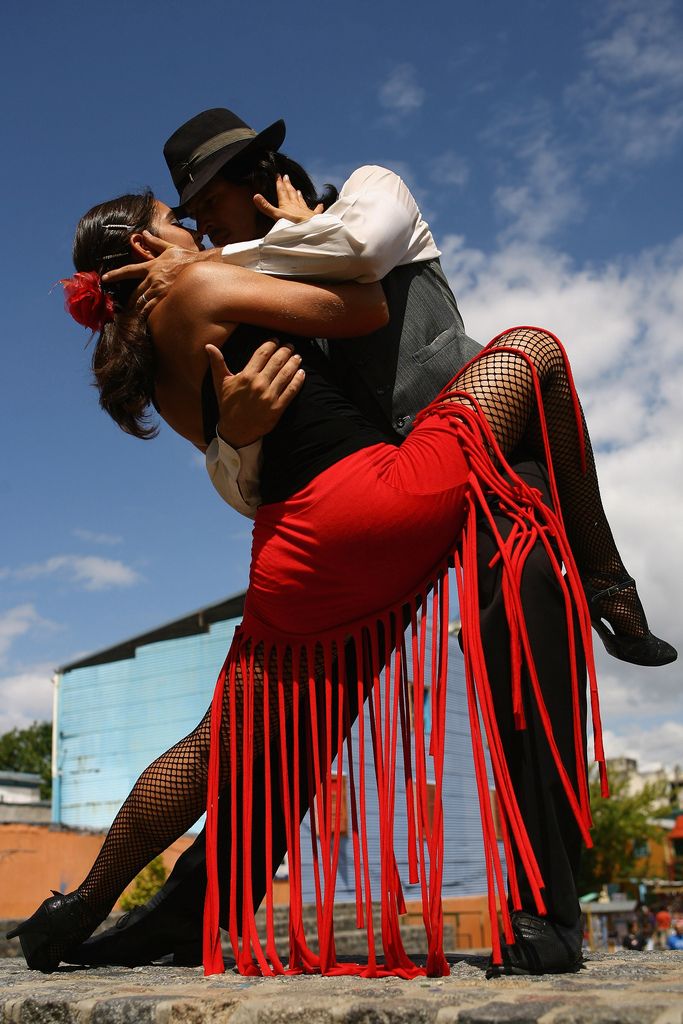 Incendiary rhythms of mambo are widely used in cinema. This dance is both a means of seduction and a way to express your feelings. Among the most famous films in which dance is used is the film “Mambo” with starring Antonio Banderas and Arman Assante and the more modern film Dirty Dancing starring Patrick Suezi.
Incendiary rhythms of mambo are widely used in cinema. This dance is both a means of seduction and a way to express your feelings. Among the most famous films in which dance is used is the film “Mambo” with starring Antonio Banderas and Arman Assante and the more modern film Dirty Dancing starring Patrick Suezi.
Kizomba
Kizomba is a new direction of latin dance culture that originated in Angola in the 1980s under the influence of French Creole music and African folk rhythms. And in Europe, it has spread widely in the twenty-first century. Kizomba has similar features with samba, bachata and Argentine tango, but this style is smoother, moderate and calm. Energy of Kizomba is more sensual and romantic, not expressive but rather flirtatious. Nowadays, Kizomba is winning the hearts and minds of modern youth. Everyone wants to learn how to dance Kizomba, everyone wants to shine at parties, to be fashionable and modern.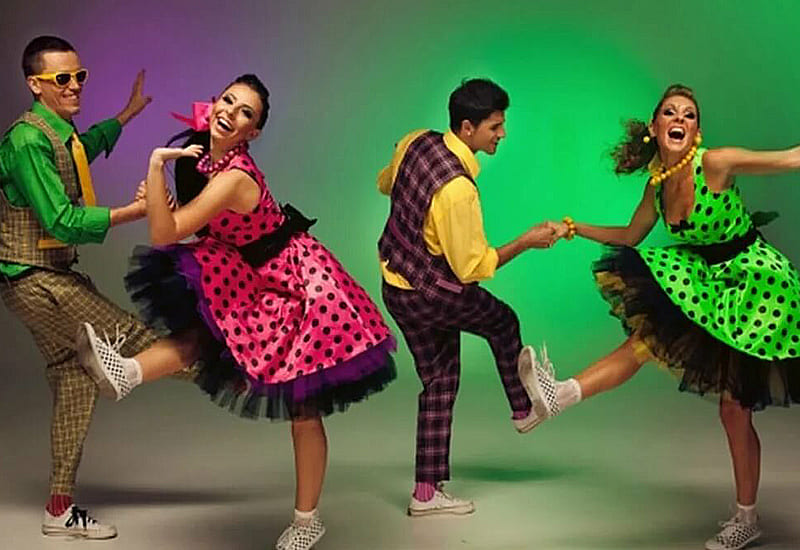 There are numerous Latin Festivals around the world that include Kizomba as one of their featured dances.
There are numerous Latin Festivals around the world that include Kizomba as one of their featured dances.
Zouk
In the late 20th century, dramatized concert performances with bright costumes and lively ethnic music were popular in Haiti, Martinique and the Cape Verde Islands. This is how the Zouk dance style emerged, combining the intonation of authentic Haitian music, the calypso style, the sound of “black” Angolan music. “Zouk” in French Creole means “party” or “festival.” Dancing evenings with live music have won wild popularity not only on the islands. France, Canada, Brazil and the countries of Asia and latey United States have not resisted the pressure of the sensual rhythm.
Zuk dance is a social dance that is performed on three counts and is saturated with beautiful curves of the upper part of the body and deflections, and the steps and turns are complemented by circular rotations, wave-like movements and turns of the head. This style of dance is much more sensual than others, its turns and “falls” are spectacular, so the flexibility of the partner is of particular importance. Acrobatics are allowed. There are many Latin Festival events around the world that include Zouk dance as an essential part of their program.
This style of dance is much more sensual than others, its turns and “falls” are spectacular, so the flexibility of the partner is of particular importance. Acrobatics are allowed. There are many Latin Festival events around the world that include Zouk dance as an essential part of their program.
Reggaeton
Reggaeton is a musical style that originated in Puerto Rico and Panama in 1970-1980. It was born under the influence of such directions as reggae, dancehall, hip-hop and very quickly became popular in the countries of Latin America and the Caribbean. And how a separate style was highlighted in the 1990s, spreading its popularity to the USA, where immigrants brought it. A characteristic feature of this musical direction is overt and even somewhat aggressive sexuality, a clear reggae rhythm and a recipe in Spanish. Nando Boom and El General are considered to be the fathers of this musical direction.
Argentine tango
Tango is a very sensual dance, and is among some of the most famous couple dances today. Prior to the birth of Tango, which happened in the poorer sections of Buenos Aires in the early 1900’s, there were only a few dances that required that a couple become so intimate as to face each other. The history of Argentine Tango is a little muddled, as it began in the lower classes, and it has faced many trials over the years. However, Tango has survived and grown into a dance that is enjoyed worldwide. Around 1911, Tango made the trip overseas and became a sensation in Paris, London and Berlin. 1913 saw it strike New York City in full force, although less authentic Tango dancing was already practiced there to some extent.
Tango scenes have been featured in many tango films. Tango scenes have been featured in many tango films. Today we see many thriving tango communities around the world, with the biggest one in Buenos Aires (Argentina), in USA: New York tango and Seattle tango are among the largest, in Europe: Berlin and more. You can catch the best tango performances at many Milongas (social tango dancing). There are as well many Tango Festivals around the world that attract thousand of Tangueros and fans.
Tango scenes have been featured in many tango films. Today we see many thriving tango communities around the world, with the biggest one in Buenos Aires (Argentina), in USA: New York tango and Seattle tango are among the largest, in Europe: Berlin and more. You can catch the best tango performances at many Milongas (social tango dancing). There are as well many Tango Festivals around the world that attract thousand of Tangueros and fans.
Bomba
Bomba is one of the traditional dances and musical styles of Puerto Rico, which arose at the intersection of African and Spanish cultures and the Indian culture of native Taino. Bomba got its name from the drums made out of rum barrels. The base rhythm of Bomba is performed on two or more drums. The meaning of bomba is similar to the meaning of Cuban rumba - it is a competition between a singer, a dancer and a percussionist.
The main trait of Bomba is that the musicians in it follow the dancer (and not vice versa). The vocal part consists of the recitals of the soloist and choir (at least three voices). In this case, the soloist will improvise poetry, and the chorus will respond to him.The dance is still extremely popular in Puerto Rico and New York.
The vocal part consists of the recitals of the soloist and choir (at least three voices). In this case, the soloist will improvise poetry, and the chorus will respond to him.The dance is still extremely popular in Puerto Rico and New York.
Plena
Puerto rican style of music and dance, used as a means of social and political expression. This traditional dance uses a panderet (tambourine), has a 4/4 pace and does not follow the clave. Plena was created 100 years ago in the working class barrios of Ponce, Plena's roots could be traced back into the changes in society brought on by Puerto Rico's move from Spanish into U.S. rule. Plena was born of African American roots and has been changed to a distinctively Puerto Rican dance style from the consequences of Jíbaro, indigenous Taino, and European musical traditions, along with the contribution of freed slaves out of English-speaking Caribbean Islands who travelled to Puerto Rico.
Plena primarily existed within folklore nevertheless, in the 1990s Plena has been given new life due to musical bands from Puerto Rico and New York who updated its sound to be fresh and modern. Whether folklore or contemporary audio, it is the panderos -- three or more handheld drums of distinct sizes/pitches (seguidor, segundo, and requinto), along with also the guiro -- a gourd percussion tool of native Taino source -- which collectively create the unique rhythm of Plena.
Here is a list of Latin Dances included in the program of Ballroom dancing (International Latin):
Samba
Samba is a dance rich in history, and one that is known for the joy it expresses. The traditional Brazilian Samba is a national favorite each year at Rio’s Carnival Celebration. Both men and women, each known as a Sambista, present the rhythmic celebratory dance throughout the city during the festivities. The Ballroom Samba varies greatly from many of the styles, but does maintain some of the Brazilian Samba characteristics. Ballroom Samba is recognized as one of five International Style of Latin Dancing partner dances. The Samba as seen today developed in Rio near the close of the 19th century. In 1917, Samba was beginning to be viewed as a dance style in its own right. The year of 1930 saw it become an accepted form of ballroom dance -- Ballroom Samba has made a lasting impact on partner dancing throughout the world.
Ballroom Samba is recognized as one of five International Style of Latin Dancing partner dances. The Samba as seen today developed in Rio near the close of the 19th century. In 1917, Samba was beginning to be viewed as a dance style in its own right. The year of 1930 saw it become an accepted form of ballroom dance -- Ballroom Samba has made a lasting impact on partner dancing throughout the world.
Rumba
Rumba, one of the five international Latin dances, is a sultry story in motion. This particular Latin dance is widely acknowledged as the most sensuous. Rumba has humble beginnings. As with many others, at least some of Rumba’s roots can be traced back to African tribal dances. However, it is in the nation of Cuba where it became the Rumba that is still so popular today. It is commonly referred to as the grandfather of Latin dance. Rumba hit the United States during the 1920’s, and laid the groundwork for all Latin dances thereafter.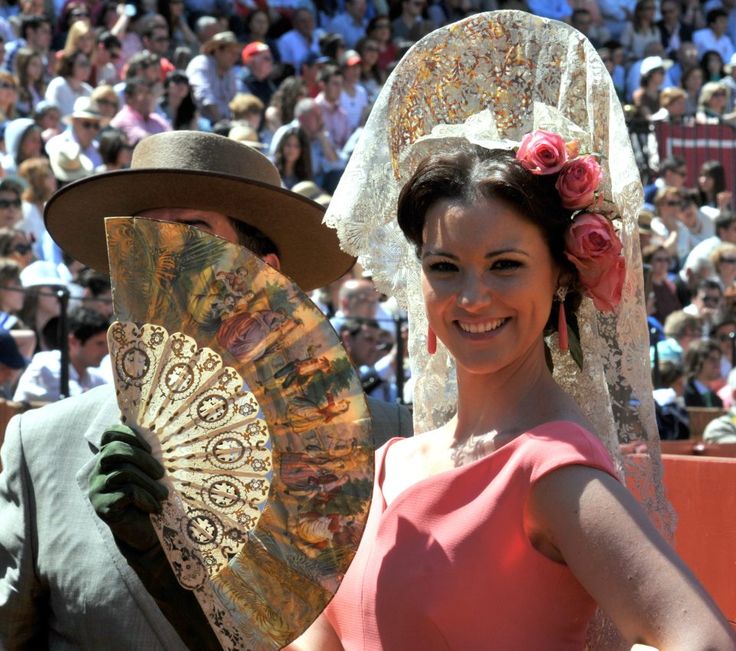
Cha-Cha-Cha
Originally known as Cha-Cha-Cha, the name of this flirtatious and upbeat partner dance has been shortened a little over the years to simply Cha-Cha. This particular dance style was developed originally in Cuba, and then picked up by dancers visiting Havana from all over the world. The dance's fun, flamboyant and quick nature made it appealing then, and certainly adds to its appeal now. The more authentic Cuban style is very sensual, somewhat teasing and a bit contagious. Not only is the Cha-Cha still danced across the globe and is one of the International Style of Latin Dancing partner dances, the musical genre can be heard sung by incredibly popular musical artists even today.
Paso Doble
Paso Doble (Spanish for “two steps”) is a Spanish dance imitating a bullfight. Paso doble was one of the many Spanish folk dances associated with various aspects of Spanish life. The partner represents the torero, and the partner - his cloak (muleta), sometimes - the second torero, and very rarely - the bull, as a rule, defeated by the final blow. The nature of the music corresponds to the procession in front of the bullfight. The dance was first performed in France in 1920, became popular in Parisian high society in the 1930s, therefore many steps and figures have French names. After the Second World War, Paso Doble was included in the Latin-American program of sports ballroom dancing.
Paso doble was one of the many Spanish folk dances associated with various aspects of Spanish life. The partner represents the torero, and the partner - his cloak (muleta), sometimes - the second torero, and very rarely - the bull, as a rule, defeated by the final blow. The nature of the music corresponds to the procession in front of the bullfight. The dance was first performed in France in 1920, became popular in Parisian high society in the 1930s, therefore many steps and figures have French names. After the Second World War, Paso Doble was included in the Latin-American program of sports ballroom dancing.
Jive
Jive is a dance of African American origin that appeared in the USA in the early 1940s. Jive is a type of swing with fast and free movements. Modern jive is very different from swing in style, although it often uses the same shapes and movements. Jive dance is performed at ballroom dancing competitions.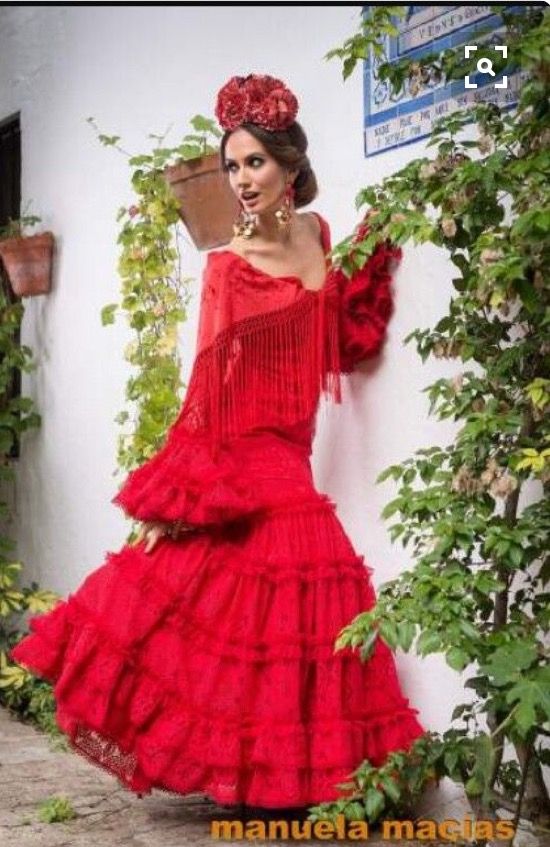 Of the five dances of the Latin American program, the jive is always the last and is the apotheosis of the competitive program. This dance is very fast and sparkling. Thus, it allows couples not only to demonstrate technical skills, but also to show their physical fitness.
Of the five dances of the Latin American program, the jive is always the last and is the apotheosis of the competitive program. This dance is very fast and sparkling. Thus, it allows couples not only to demonstrate technical skills, but also to show their physical fitness.
There is also East Coast Swing that we plan to cover later. Stay tuned!
10 Traditional Spanish Dances You Should Know About
Flamenco on Plaza de España, Seville | © Oleksii Leonov / Shutterstock
Tara Jessop
2 July 2018
Though traditional dance in Spain summons up iconic images of flamenco, there are many variations widespread across the country. From the gypsy communities of the south, to the Celtic heritage of Galicia in the north, the rich and diverse culture of Spain is perfectly captured by these 10 traditional Spainish dances.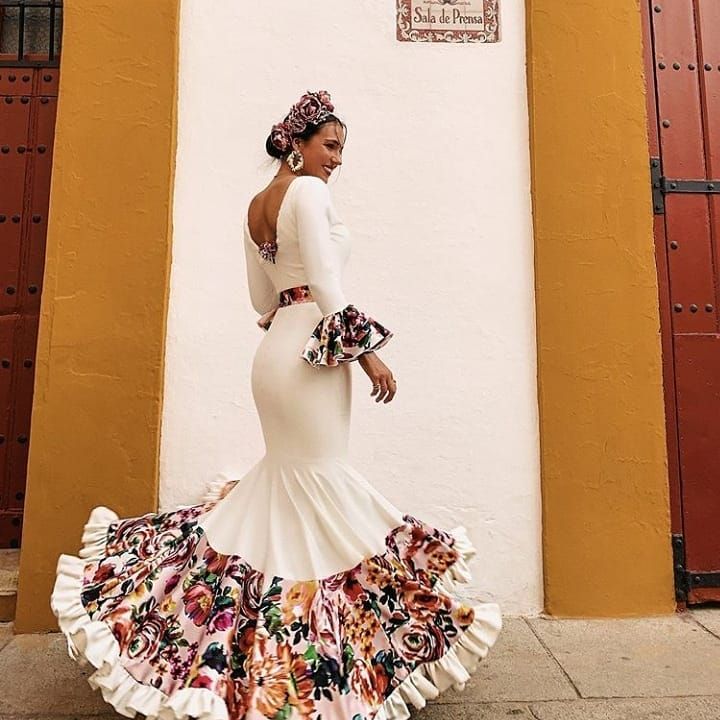
Want to perfect your dance moves and see how you compare with the experts? Our four-day getaway in southern Spain will take you to the home of the most iconic dance in the county.
The origins of the sardana are not entirely traceable – some believe they date back to ancient Roman times – but most agree that by the 19th century the dance was widespread in the Catalan regions of Empordà, Roselló and Garrotxa. The dance is performed by a circle of alternating men and women who hold hands and dance in rhythm to a live band called a cobla. It’s a popular group dance which is performed at celebrations and public gatherings and has become a symbol of Catalan identity.
Sardana, typical dance of Catalonia | © Natursports / Shutterstock
Undoubtedly one of the most famous cultural exports from Spain, flamenco is in fact so much more than just a dance: it’s an art form recognised as part of the Masterpieces of the Oral and Intangible Heritage of Humanity by UNESCO.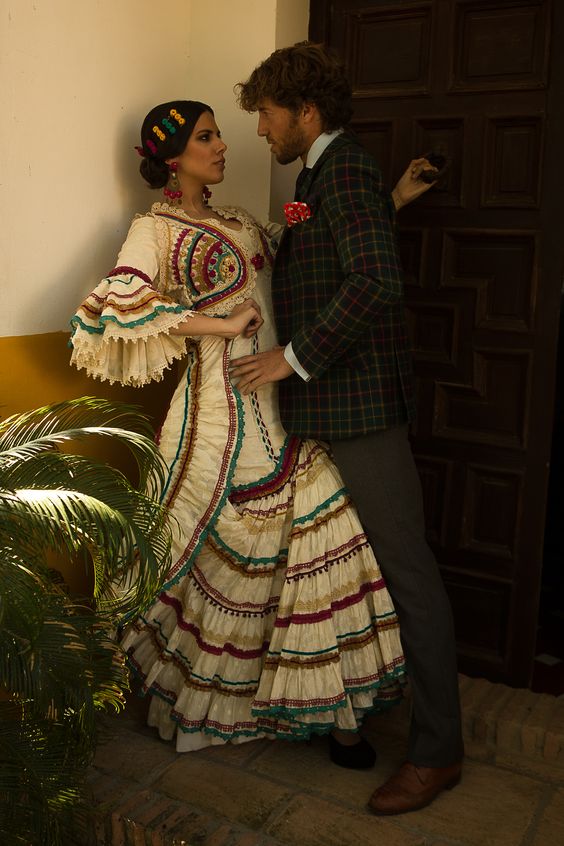 It emerged among the gypsy communities of Andalusia and is performed by a mixture of singing, guitar playing, dancing, finger snapping and hand clapping.
It emerged among the gypsy communities of Andalusia and is performed by a mixture of singing, guitar playing, dancing, finger snapping and hand clapping.
Flamenco dancer in Seville | © Vadim Illarionov / Shutterstock
Discover man-made wonders on this cultural exploration taking in the Alcazaba and Alhambra as Culture Trip’s Local Insider leads you through the grand monuments of this stunning region.
A dance found in the north-western region of Galicia, the muiñeira is an example of the Celtic influence on the local culture in this part of the world. One of the most obvious parallels with Celtic music is the use of a type of bagpipe known as a gaita to perform the accompanying music. There are regional types of muiñeira, including muiñeira de Chantada.
Muiñeira dancer | © juantiagues / Flickr
One of the more famous Spanish dances, the paso doble is a fast-paced dance based on the rhythm and movement of a bullfight.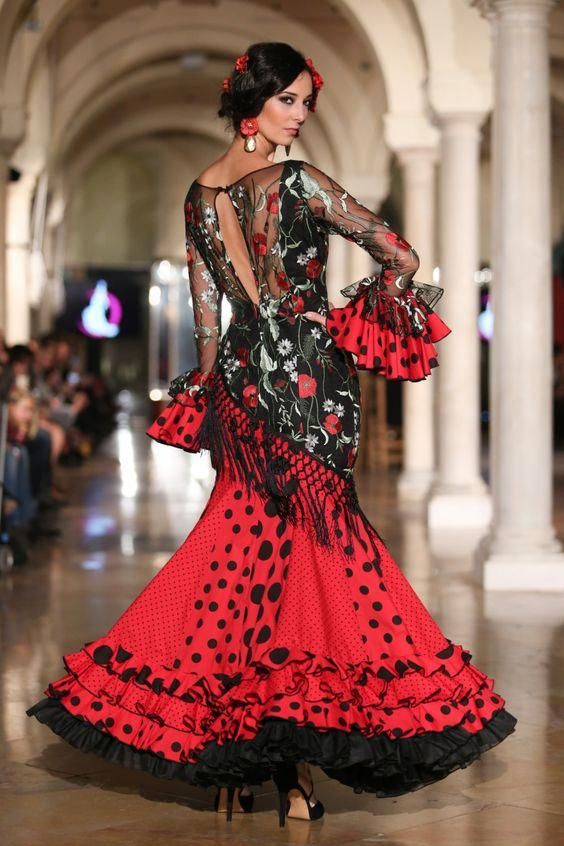 It was also used in the Spanish infantry to set the speed of march, as well as in 18th-century comedies, although its origins are in fact French. As a ballroom dance it is usually performed in pairs, one man and one woman, with the former said to represent the matador – or bullfighter.
It was also used in the Spanish infantry to set the speed of march, as well as in 18th-century comedies, although its origins are in fact French. As a ballroom dance it is usually performed in pairs, one man and one woman, with the former said to represent the matador – or bullfighter.
Paso doble performance in Spain | © Jack.Q / Shutterstock
The bolero is a type of dance found in both Cuba and Spain – although both have distinct origins. The Spanish bolero is said to have emerged in Spain in the 18th century as a result of the blending of two existing dances, the Sevillana and the contradanza. The dance is of moderate pace and is accompanied by guitar music and castanets, and is usually performed either by a soloist or by a couple. Although the dance has fallen somewhat out of fashion, it remains significant in the history of Spanish dance.
The fandango –a name most people will have heard of – is a fast-paced dance performed in couples and shows similarities to the bolero.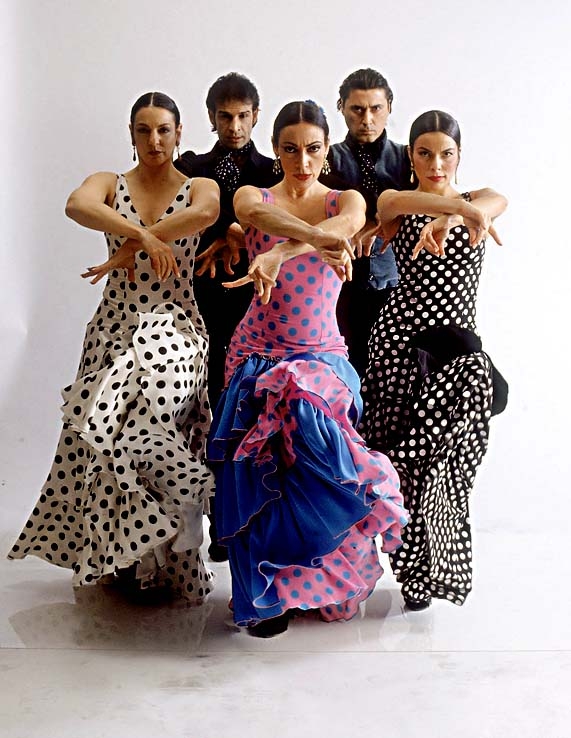 It is traditionally accompanied by guitar, hand clapping and castanets, making it a festive, lively performance – especially the shorter dances known as fandanguillos.
It is traditionally accompanied by guitar, hand clapping and castanets, making it a festive, lively performance – especially the shorter dances known as fandanguillos.
Pierre Chasselat, ‘Le Fandango’, circa 1810 | © Pierre Chasselat / WikiCommons
The zambra is often qualified as a type of flamenco which emerged from around the city of Granada in Andalusia where it was historically performed at weddings. Unlike flamenco, it is danced barefoot and has many similarities with Arabian belly dancing – with which it shares common ancestry – and the dancer usually reveals her stomach by tying her blouse beneath her chest.
Zambra, a flamenco dance performed by the Roma people of Granada | © Waqas Ahmed / Flickr
The jota is a dance which exists in distinct forms in many of the regions of Spain, including Aragon, Valencia, Catalonia and Galicia, where in each case it reflects the local culture and history. One of the best known is the Aragonese jota, which dates back to the 18th century and was particularly fashionable in the 19th century.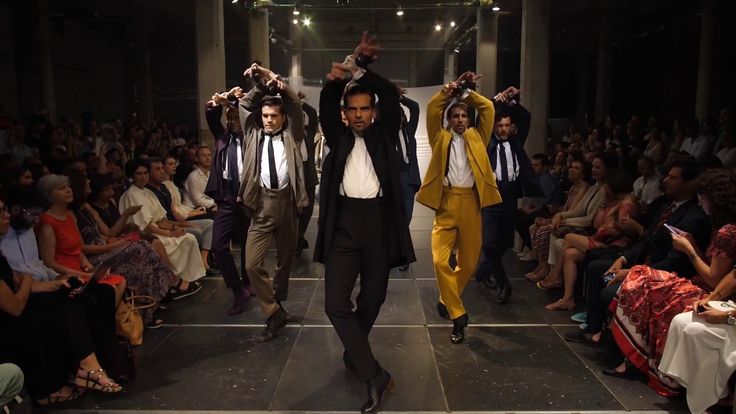 In its purest form, the dance is particularly complex, involving rapid foot movements and small jumps.
In its purest form, the dance is particularly complex, involving rapid foot movements and small jumps.
Jota | © Carlos Lorenzo / Flickr
As the name indicates, the Sevillana is a type of folk music and dance which originates in the southern Spanish city of Seville and shares similarities with the other main Andalusian dance: flamenco. However, Sevillanas are less formal and less physically demanding than flamenco, meaning they can be performed by people of all ages and sexes, which has made them particularly popular at festivals in southern Spain.
Women performing the Sevillana in the street in Spain | © Procy / Shutterstock
Not exclusively a dance, the zarzuela is more a popular form of lyrical performance featuring song and dance. Dating back to the 17th century, the dance was later popularised in the 19th century thanks in part to the work of Francisco Barbieri and the Zarzuela Theatre in Madrid. After falling out of favour during the Spanish Civil War, it was revived during the 1950s and 60s, and continues to be performed in theatres across the country today.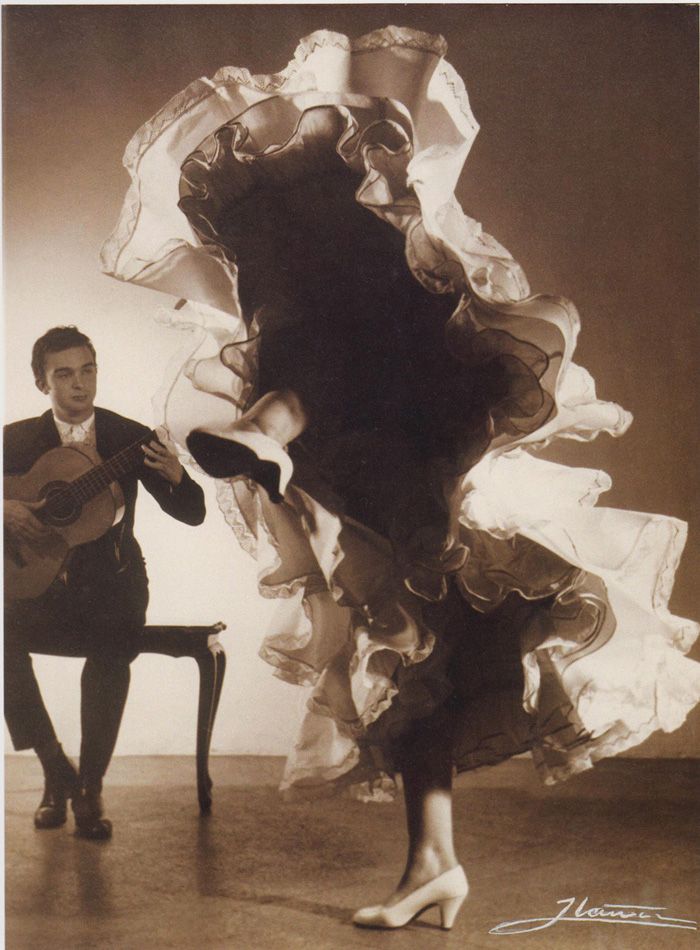
Modern zarzuela performance | © Goiena.net / Flickr
Since you are here, we would like to share our vision for the future of travel – and the direction Culture Trip is moving in.
Culture Trip launched in 2011 with a simple yet passionate mission: to inspire people to go beyond their boundaries and experience what makes a place, its people and its culture special and meaningful — and this is still in our DNA today. We are proud that, for more than a decade, millions like you have trusted our award-winning recommendations by people who deeply understand what makes certain places and communities so special.
Increasingly we believe the world needs more meaningful, real-life connections between curious travellers keen to explore the world in a more responsible way. That is why we have intensively curated a collection of premium small-group trips as an invitation to meet and connect with new, like-minded people for once-in-a-lifetime experiences in three categories: Epic Trips, Mini Trips and Sailing Trips.
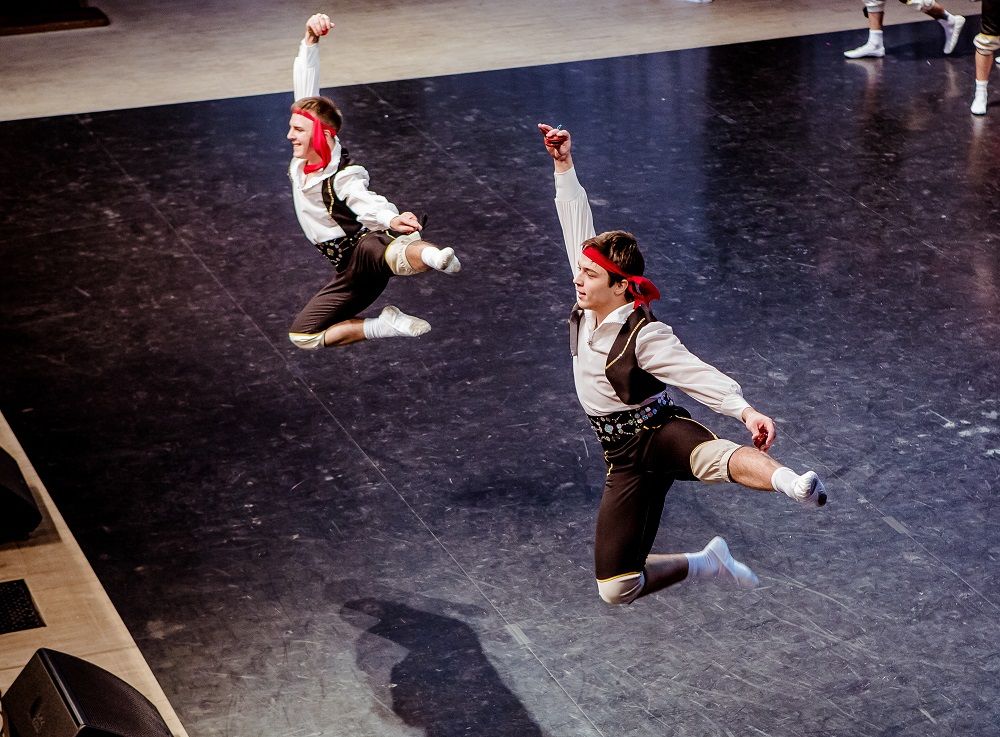 Our Trips are suitable for both solo travellers and friends who want to explore the world together.
Our Trips are suitable for both solo travellers and friends who want to explore the world together.Epic Trips are deeply immersive 8 to 16 days itineraries, that combine authentic local experiences, exciting activities and enough down time to really relax and soak it all in. Our Mini Trips are small and mighty - they squeeze all the excitement and authenticity of our longer Epic Trips into a manageable 3-5 day window. Our Sailing Trips invite you to spend a week experiencing the best of the sea and land in the Caribbean and the Mediterranean.
We know that many of you worry about the environmental impact of travel and are looking for ways of expanding horizons in ways that do minimal harm – and may even bring benefits. We are committed to go as far as possible in curating our trips with care for the planet. That is why all of our trips are flightless in destination, fully carbon offset - and we have ambitious plans to be net zero in the very near future.
Types of Spanish dances
What are the famous Spanish dances
Spanish dance has many names.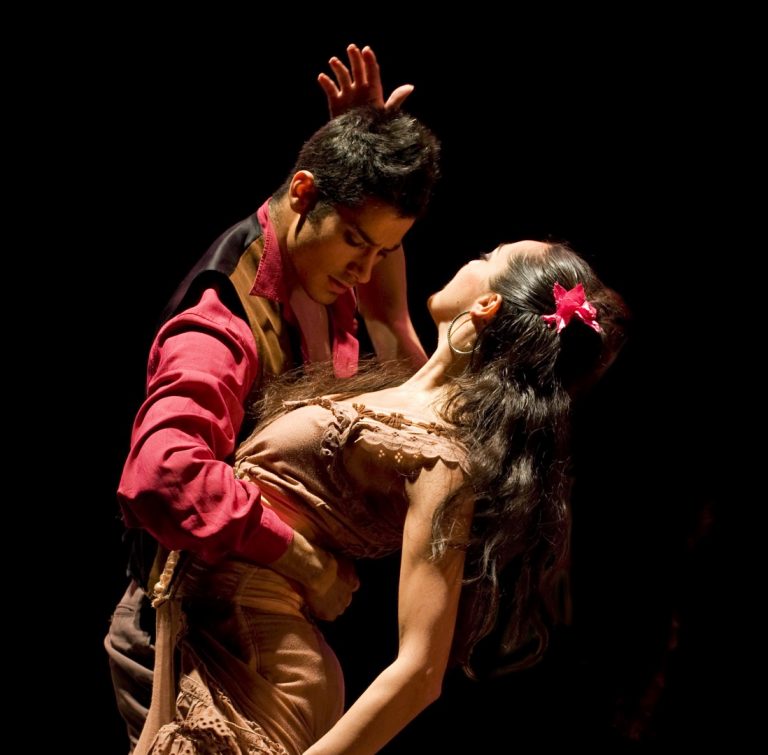 The most popular are flamenco, bolero, caccia, muneira, sarabande, sardana, segdilla, hoca and fondago. In order to master them, you need to be a Spaniard at heart, all dance teachers say. All of them capture at first sight anyone who is present in the hall or on the dance floor. It is beauty, passion, grace and refined technique. All this has captivated the audience for several centuries. Moreover, each of the Spanish dances, the names of which you will see in this article, is unique and inimitable.
The most popular are flamenco, bolero, caccia, muneira, sarabande, sardana, segdilla, hoca and fondago. In order to master them, you need to be a Spaniard at heart, all dance teachers say. All of them capture at first sight anyone who is present in the hall or on the dance floor. It is beauty, passion, grace and refined technique. All this has captivated the audience for several centuries. Moreover, each of the Spanish dances, the names of which you will see in this article, is unique and inimitable.
Spanish dances are widely popular all over the world. Their names are known to many. However, few people thought about where they originate from. But the names of Spanish dances (listed below) people knew in ancient times. Even the dance forms that existed during the Hellenistic era have survived to this day.
For thousands of years Spain was known as Iberia. Its first inhabitants were characterized by a very diverse ethnic composition, which made Spanish folk dances, whose names are very sonorous, so unique and diverse.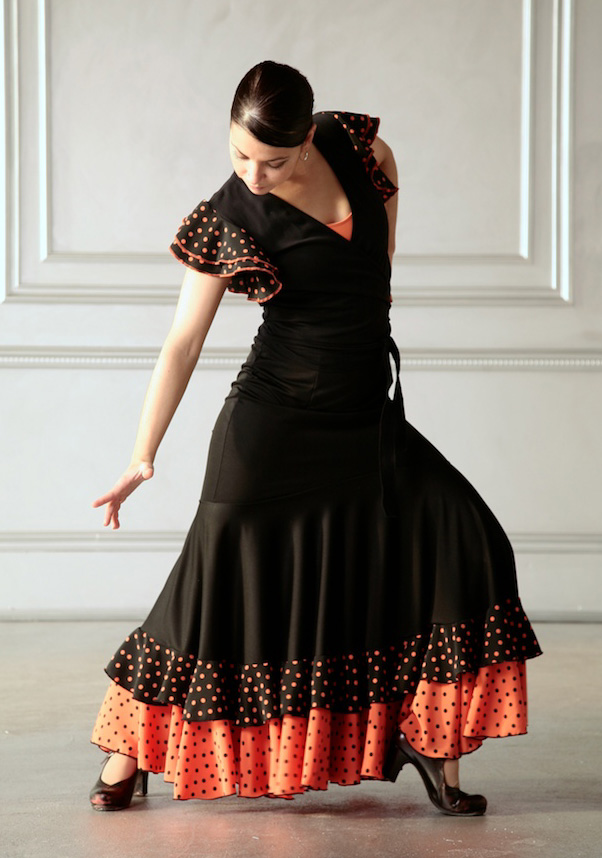 The dance art was largely influenced by the Celts who lived in Iberia in the year 500 BC, as well as the Moors, who occupied Spain for seven hundred years.
The dance art was largely influenced by the Celts who lived in Iberia in the year 500 BC, as well as the Moors, who occupied Spain for seven hundred years.
Even greater diversity in the ethnic composition was made by Jewish immigrants and Indian and Pakistani gypsies who arrived in Spanish lands after its conquest by Castile. The combination of ethnic forms and new immigrant cultures in art led to the fact that extraordinary Spanish dances appeared. Their names are familiar to everyone today. Each dance has unique features according to the region where it originated. This is not surprising, because each region of Spain has its own cultural roots and specific features.
Historically, the most temperamental and passionate women and men live in Andalusia and other provinces of Spain. They know how to love passionately, without looking back, and suffer bitterly. Such an uncontrollable passion revealed to the world the beloved Spanish dances. Names such as flamenco, bolero, paso doble are on everyone's lips today. Undoubtedly, these dances are the most emotional in the world. They combine the rhythms of castanets, the southern temperament, the sounds of the guitar, the refined movements of stately brunettes and brunettes. Not everyone knows that Spanish dances include many stylistic incarnations and varieties. Let's take a look at the individual types.
Undoubtedly, these dances are the most emotional in the world. They combine the rhythms of castanets, the southern temperament, the sounds of the guitar, the refined movements of stately brunettes and brunettes. Not everyone knows that Spanish dances include many stylistic incarnations and varieties. Let's take a look at the individual types.
Jota
Most people can imagine the Spanish dance with castanets. Only a few will remember its name. This is hota. This is a paired Spanish national dance that appeared at the very end of the 18th century in the autonomy of Aragon, and a little later spread throughout the country. The way the hotu is danced depends on the region in which the novice stage master studied. So, there is a classic jota from Aragon, as well as Catalan, officially recognized by the government of this autonomy, Castilla, Philippine.
All these varieties have one thing in common. The dance is performed without fail in traditional national costumes, and in the hands of the dancers castanets. All this is accompanied by singing. Vocal themes may vary, but most are related to love in one way or another. Religion and even politics may also be mentioned. In some Spanish regions, jotu is traditionally danced at funerals, right during the funeral procession. Musical accompaniment is also different. It can be guitars, drums or lutes. In the province of Galicia, they even use bagpipes.
All this is accompanied by singing. Vocal themes may vary, but most are related to love in one way or another. Religion and even politics may also be mentioned. In some Spanish regions, jotu is traditionally danced at funerals, right during the funeral procession. Musical accompaniment is also different. It can be guitars, drums or lutes. In the province of Galicia, they even use bagpipes.
Kachucha
Unlike all previously described dances, kachucha is performed solo. Literally translated from Spanish, this word means "small boat". The names of Spanish dances, the list of which is in this article, are easy to remember. Kachucha appeared in Andalusia, something similar to the bolero we already know. It is also very popular in Cuba and in another Spanish province - Cadiz. This is a solo dance performed by both women and men. Only alone. As a rule, the performance is accompanied by the sound of castanets, stamping of heels and rhythmic clapping of hands.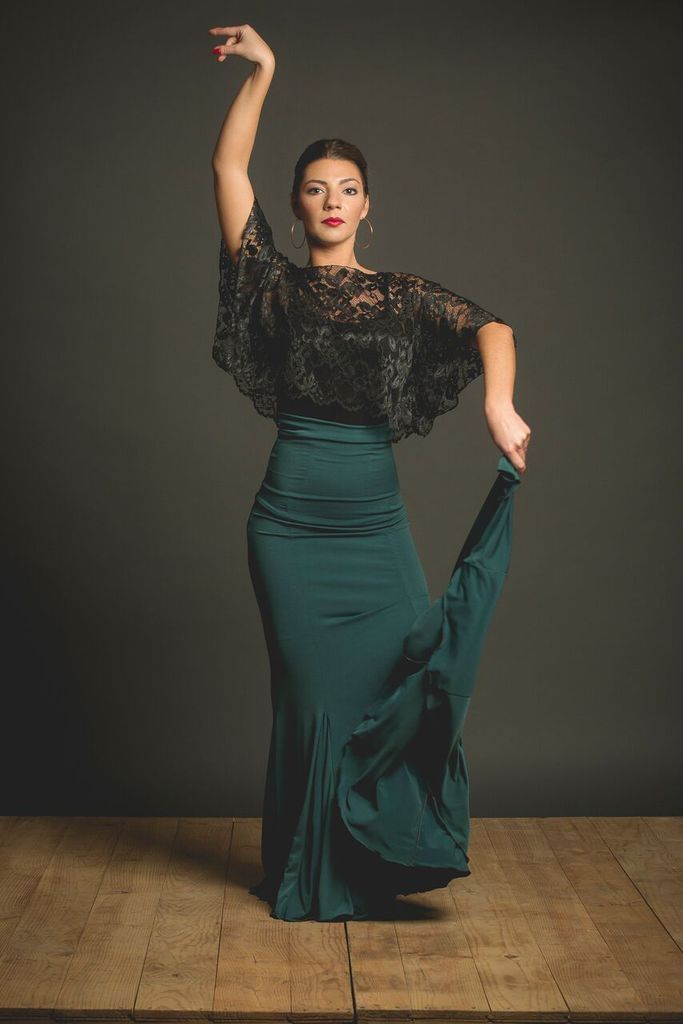 In the 19th century, it was one of the most beloved dances, which was regularly performed on major European stages. He began to be often used in ballet. For example, Jean Coralli in Lame Demon. In more recent times, kachucha was performed by such famous dancers as Anna Pavlova and Lucile Grand.
In the 19th century, it was one of the most beloved dances, which was regularly performed on major European stages. He began to be often used in ballet. For example, Jean Coralli in Lame Demon. In more recent times, kachucha was performed by such famous dancers as Anna Pavlova and Lucile Grand.
Flamenco
If you ask any person to say the name of the famous Spanish dance, he will almost certainly pronounce the word "flamenco". And indeed it is. This most popular dance in the world originated in the lands of Andalusia, when the gypsies arrived there in the fifteenth century. It was they who formed a special dance caste.
There are many theories as to why flamenco got its name. Some consider it a synonym for the word "gitano", which translates from Spanish jargon as "gypsies". Others identify the origin of the term with the Flemish soldiers who guarded the Spanish-Belgian territories. They wore special clothes that emphasized ostentatious pride and self-confidence. The same qualities were inherent in the character of the gypsies.
The same qualities were inherent in the character of the gypsies.
Thus, it is impossible to know for certain where the name of the famous Spanish dance, flamenco, came from. But if you study all the available sources, they will lead us to Seville, Cadiz and Jerez. In general, flamenco includes two schools: Castilian and Andalusian. The first is characterized by poorer and dry postures and movements. The second one is somewhat odd. Gypsies say that flamenco expresses their soul. Now this dance is popular not only in Spain, but all over the world. It is probably even a mistake to position it as exclusively Spanish or Gypsy - this is a unique combination of dance forms of all the peoples who have lived on the territory of Spain throughout its history.
Fandango
This Spanish dance, whose name comes from a Portuguese folk song, originated in the region of Huelva. Flamenco had a significant influence on the development of fandango. It is based on the typical courtship dance spins and figures.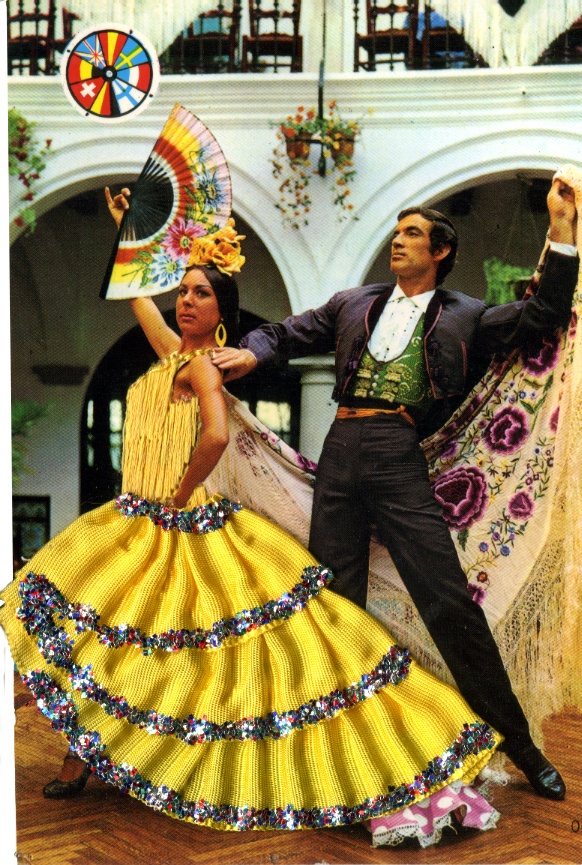 In the provinces of Andalusia, various variations of the fandango are now popular, but only the special features of the old style that originated in Huelva make this dance unsurpassed. However, it must be said that the fandango is little known outside of Spain.
In the provinces of Andalusia, various variations of the fandango are now popular, but only the special features of the old style that originated in Huelva make this dance unsurpassed. However, it must be said that the fandango is little known outside of Spain.
Muneira
Spanish folk dances, whose names you now know, cannot be imagined without Muneira. This dance originated in Galicia.
It must be performed with hands raised up. The name of the Spanish stage dance movements in Muneira is the pass. This is a special dance step. Dancers take the stage in traditional national costumes. Accompany them on a tambourine, bagpipe or small drum. As a rule, the muneira is accompanied by Spanish folk songs. Muneiro is considered one of the most ancient Spanish dances. According to some reports, it was borrowed from the Iberians who lived in the territory of modern Spain BC. In favor of this version, the traditional cry of aturusho, which accompanies the muneiro, is cited.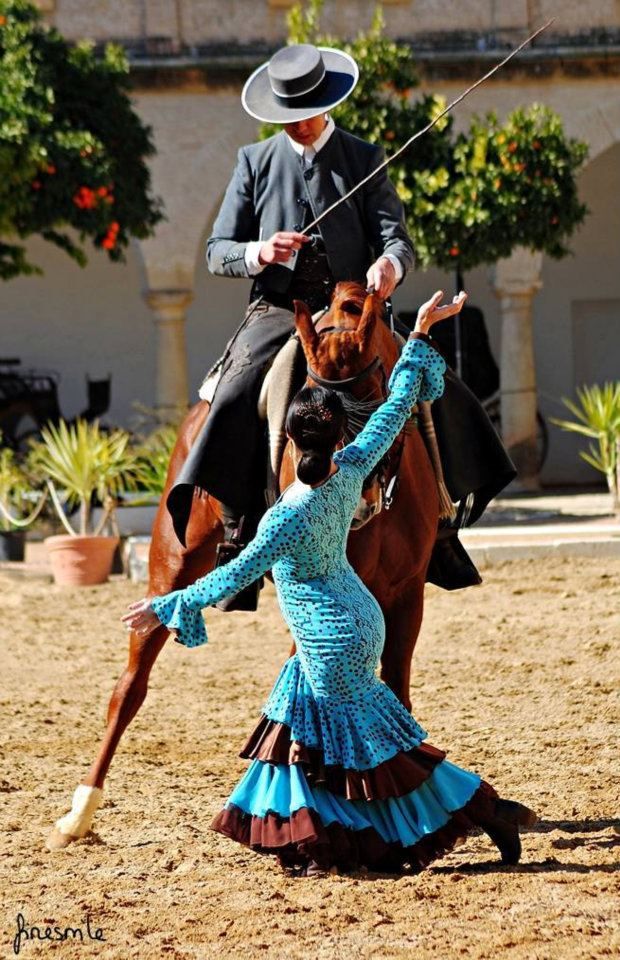 It has a clear Celtic origin, with similar words the Celts fled to attack. However, according to official sources, the dance appeared only in the 16th century. According to some studies, the dance was originally extremely popular among millers, since its name literally translates from Spanish as "mill". According to other sources, it got its name from the fact that young people often gathered around the mill to dance and relax. It is noteworthy that this is a universal dance. It is performed both on holidays and on weekdays, for example, at a party after the end of the working day. Researchers distinguish two types of muneira. The old one, which is necessarily accompanied by singing and playing the tambourine, and the new one, which is characterized by a prelude and instrumental accompaniment.
It has a clear Celtic origin, with similar words the Celts fled to attack. However, according to official sources, the dance appeared only in the 16th century. According to some studies, the dance was originally extremely popular among millers, since its name literally translates from Spanish as "mill". According to other sources, it got its name from the fact that young people often gathered around the mill to dance and relax. It is noteworthy that this is a universal dance. It is performed both on holidays and on weekdays, for example, at a party after the end of the working day. Researchers distinguish two types of muneira. The old one, which is necessarily accompanied by singing and playing the tambourine, and the new one, which is characterized by a prelude and instrumental accompaniment.
Paso Doble
In fact, this dance originated in the south of France, but its movements, drama and sound reflect the bullfight - the Spanish bullfight. From Spanish, the word "paso doble" is translated as "double step".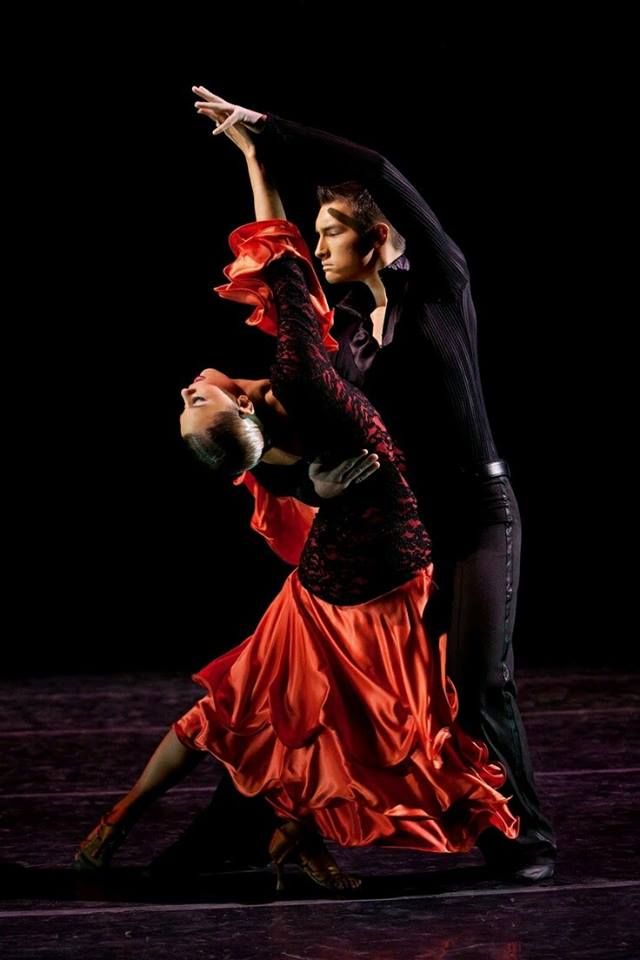 The dance is based on music that sounds at the time when the bullfighters enter the arena, or just before the bull is killed. Paso doble is characterized by speed of movement - it consists of turns and steps. Currently, the program of Latin American dances cannot do without it.
The dance is based on music that sounds at the time when the bullfighters enter the arena, or just before the bull is killed. Paso doble is characterized by speed of movement - it consists of turns and steps. Currently, the program of Latin American dances cannot do without it.
Bolero
This is the national dance of Spain, originated by a court dancer named Sebastian Cerezo. He invented it back in 1780 for his French ballet. Dance forms from Morocco were taken as a basis. Bolero can be called one of the oldest "school" dances. Presumably its name comes from the Spanish verb "volar", which translates as "fly". This is due to the fact that during the performance of the bolero there is a feeling that the dancers seem to be floating in the air. Since the eighteenth century, a lot of dance compositions have been created. The guitar is used as accompaniment. This national dance is one of the most beloved among the Spanish people. Thanks to interesting dance steps and wonderful rhythms, he gained fame all over the world.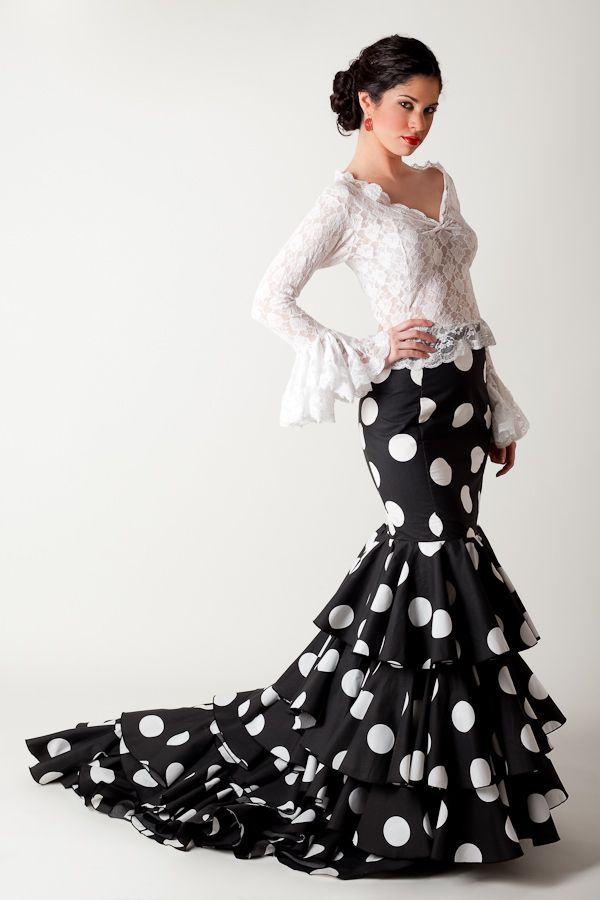
Bolero can be performed by one pair of a man and a woman, or by several pairs at once. There is a version of the dance in the form of a quadrille.
Sarabande
This dance has been known in Spain since the twelfth century. Once upon a time, the Catholic Church even insisted on its ban, because some frank movements were used during the performance, the grace and curves of the female body were too openly demonstrated. The songs under which the sarabande was performed were also considered indecent. Then a conscious rethinking of the dance began, as a result of which it became more solemn and serious. They even began to perform it at funerals, and the music was written to order in a minor key. All this led to the fact that in the seventeenth - eighteenth centuries the ennobled version of the sarabande spread throughout Western Europe as a ballroom dance. However, by the middle of the eighteenth century it had lost its popularity.
Seguidilla
Seguidilla is a Spanish folk dance that is accompanied by songs.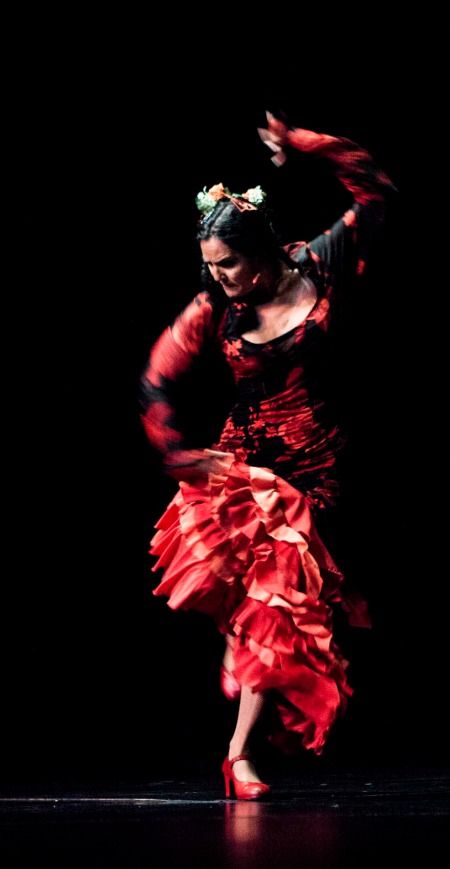 It arose at the turn of the XV-XVI centuries. Musical accompaniment is always in major keys, but sometimes it can alternate with minor. Performed cheerfully and movingly. The songs have love or humorous content. Accompanying instruments are guitars, lutes, mandolins and, of course, castanets. Almost no Spanish dance can do without them. The Seguidilla is danced in pairs, which mingle from time to time. This is a classic dance that has been performed for centuries to celebrate the successful harvest of a rich harvest.
It arose at the turn of the XV-XVI centuries. Musical accompaniment is always in major keys, but sometimes it can alternate with minor. Performed cheerfully and movingly. The songs have love or humorous content. Accompanying instruments are guitars, lutes, mandolins and, of course, castanets. Almost no Spanish dance can do without them. The Seguidilla is danced in pairs, which mingle from time to time. This is a classic dance that has been performed for centuries to celebrate the successful harvest of a rich harvest.
Ethnic dances
In general, the first dances that appeared in Spain were based on the theme of magic. They were based on a variety of religious rituals that were inextricably linked with the cycles of nature. For example, witch dance has been popular in the Basque Country since the times of paganism. Its name is Sorgin Dantza. In addition, the Basques have a sword dance, symbolizing the arrival of spring, the Galicians. Also, this people is known for its martial dance art.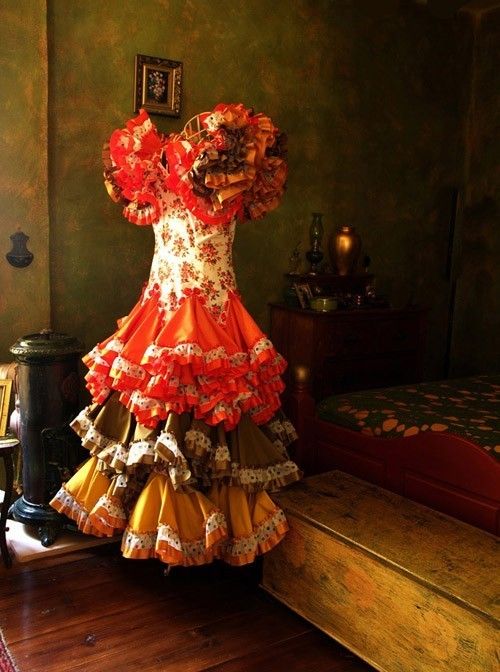 These dances involve two competing dancers using sticks or swords. Their jumps look breathtaking and grandiose. In Spain, folk dances in a circle are popular, in which both men and women participate. People stand in a circle, join hands and perform certain steps simultaneously. There is a Catalan sardana dance, when men and women also stand in a circle, take their neighbors by the hands, lift them up and begin to move with slow steps.
These dances involve two competing dancers using sticks or swords. Their jumps look breathtaking and grandiose. In Spain, folk dances in a circle are popular, in which both men and women participate. People stand in a circle, join hands and perform certain steps simultaneously. There is a Catalan sardana dance, when men and women also stand in a circle, take their neighbors by the hands, lift them up and begin to move with slow steps.
Each Spanish dance represents the history of its people and shows the colorfulness and individuality of its soul.
Spanish dance - style descriptions
Spanish dance is passion, fire, guitar, castanets, temperament of the southern inhabitants and the graceful body of Spanish women. Spanish dance has many features in design. The history of Spanish dance is the history of all of Spain. Spanish dance has been known since ancient times far beyond the borders of Spain itself. This art developed under the influence of all the tribes and peoples that have ever inhabited the peninsula.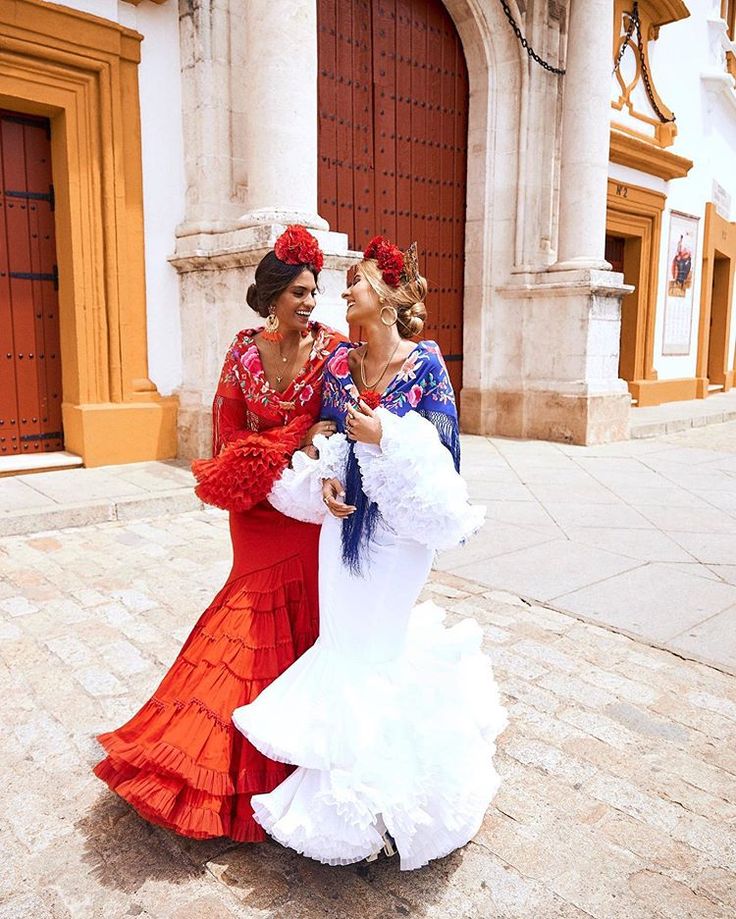 The tribes that lived at the very beginning of the existence of the state created their own foundations, holidays and traditions. And in many areas of Spain, it is precisely those folk dances that have survived today. Or, at least, the main steps of folk tribal dances have been preserved.
The tribes that lived at the very beginning of the existence of the state created their own foundations, holidays and traditions. And in many areas of Spain, it is precisely those folk dances that have survived today. Or, at least, the main steps of folk tribal dances have been preserved.
THIS STYLE IS TEACHED
Afalina, theater-studio of modern dance Pervomayskaya, 27
+7 (343) 213 33 72
ASTRUM DANCE
Moscow, Bolshaya Ordynka, 13/9, building 1
+7 (926) 797-13-09
Bolero. su flamenco school
Moscow, st. Verkhnyaya Krasnoselskaya, 16 B, bld.5) 9620427
Dance Cardinal, dance school
Moscow, st. Malaya Yushunskaya, 1, building 1
+7 966 387 81 58
Dance Life, dance school
Moscow, st. Chertanovskaya, 32, building 3
+7 916-359-77-33
Related news
16 November
No borders: Paula Comitre presented "Open Stage" in Moscow
Dance. ru
ru
January 27,
Grammy Shows Flamenco: Rosalia
Bright PerformanceDance.ru
16 November
Flamenco with dressing up: Manuel Lignan about the performance that
will present in MoscowDance.ru
19 December
¡Viva España!: Flamenco Festival Held (Photo)
Dance.ru
Registration
for competitions
and festivals
North Star 2022
10/30/2022 - 10/30/2022
Ural Dance Cup 2022
11/6/2022 - 11/6/2022
MASKT TOP-100 International Standard Championship, Argentine Tango
11/6/2022 - 11/6/2022
SRDS American Smooth Cup for Professionals and Juniors
11/6/2022 - 11/6/2022
Ural Latin Cup among Amateurs
11/6/2022 - 11/6/2022
Moscow Ball 2022
3.
